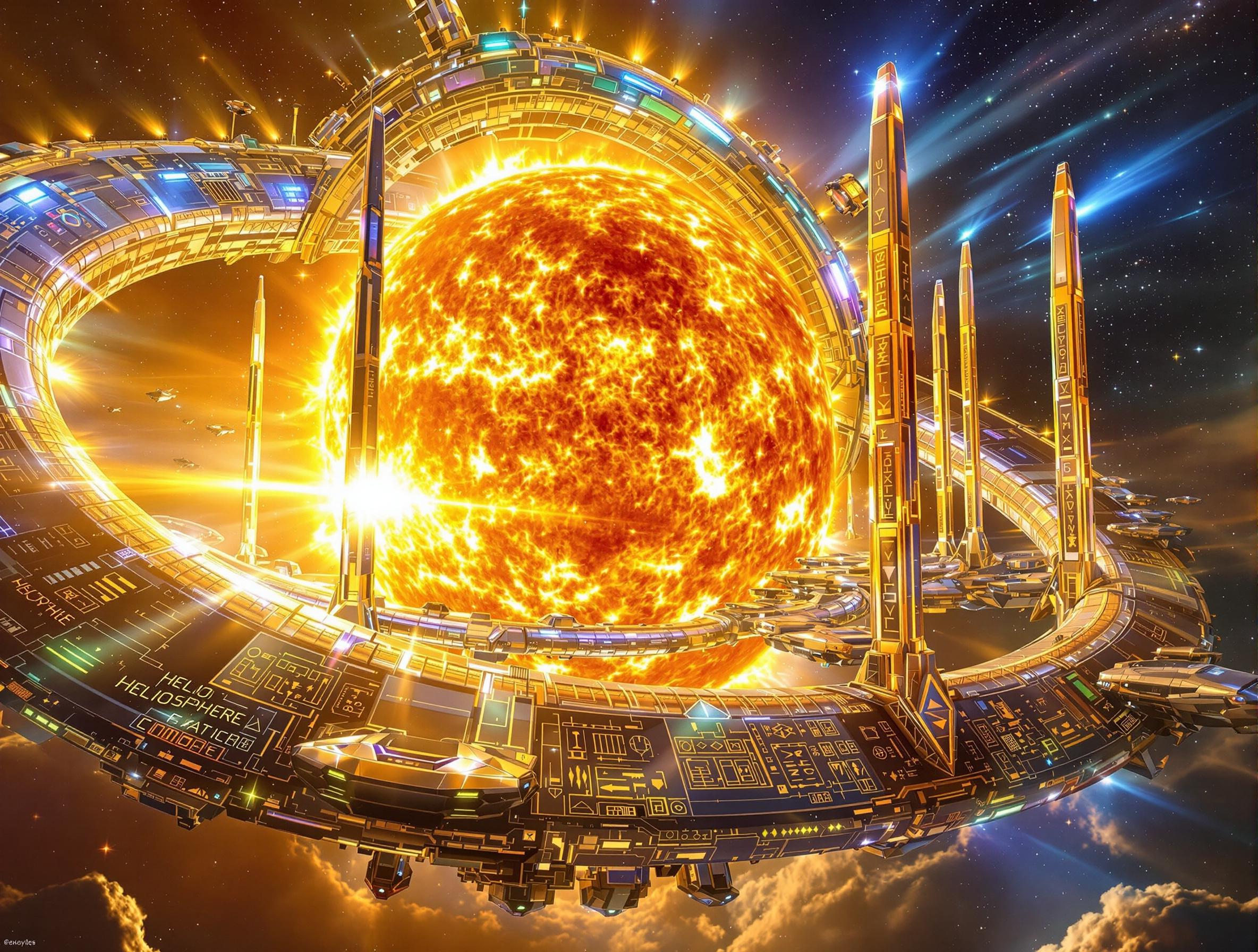For decades, it was considered the Holy Grail of energy: clean, safe, and virtually inexhaustible. Nuclear fusion, the same process that powers the Sun and stars, has always seemed like an unattainable goal, locked away in science books and the dreams of engineers. But today, something is changing. The year 2025 may be remembered as the moment we truly opened the doors to a new energy era.
ITER: The Beating Heart of the Global Challenge
In a quiet corner of France, surrounded by forests and hills, stands ITER, the most ambitious nuclear fusion project ever conceived. Born from the collaboration of over 30 countries, ITER is not just a reactor: it is a symbol of the global race toward a different energy future. Recently, it completed the installation of its central solenoid, a giant magnet capable of generating fields powerful enough to contain plasma at temperatures ten times hotter than the Sun's core. The goal? To produce 500 megawatts of energy from just 50 megawatts of input. A small artificial sun on Earth.
China’s “Artificial Sun”
China is also at the forefront with its EAST reactor (Experimental Advanced Superconducting Tokamak), affectionately nicknamed the "Artificial Sun." In 2025, it set a world record by sustaining stable plasma for over 1,000 seconds at more than 100 million degrees Celsius. These are staggering numbers: we are truly approaching the ability to replicate what happens every second in the heart of our Sun.
The Stability Challenge: WEST and the European Record
In France, the WEST reactor achieved a bold milestone of its own: keeping plasma active for 22 consecutive minutes. This might seem modest to non-physicists, but in terms of fusion energy, it’s a colossal achievement. Plasma stability is the linchpin that will make fusion power not just possible, but practical.
The Rise of Startups
It’s not just governments betting on fusion energy. Startups like Commonwealth Fusion Systems and First Light Fusion are racing toward a future where fusion plants are not prototypes but commercial realities. Some of these ventures aim to launch operational plants by 2031–2032. Investments are booming, and the nuclear fusion market could be worth hundreds of billions in the coming decades.
New Ideas: The Stellarator and Artificial Intelligence
Not everyone is banking on the traditional Tokamak model. The German startup Proxima Fusion is developing a reactor based on the Stellarator design, which promises greater stability by using only external magnets. And there’s a futuristic twist: artificial intelligence is being harnessed to simulate and optimize plasma turbulence, accelerating the journey toward practical fusion.
Dream or Reality?
We’re still at the beginning of this journey, and caution is warranted. Nuclear fusion is an incredibly complex technology, and the challenges ahead are immense. But for the first time, it’s no longer a question of “if,” but “when.” The enthusiasm, investment, and scientific breakthroughs are converging toward a common goal: to change forever how we produce energy.
A Bright Future
Nuclear fusion doesn’t just promise electricity: it promises a revolution. Goodbye coal, oil, and gas. Goodbye harmful emissions. Goodbye energy crises. If the 20th century was the age of oil and the 21st century saw the rise of renewables, the 22nd century may be dominated by a new star: the one we’ve learned to ignite here on Earth.
The future is bright. And this time, we mean it literally.








Leave a Comment